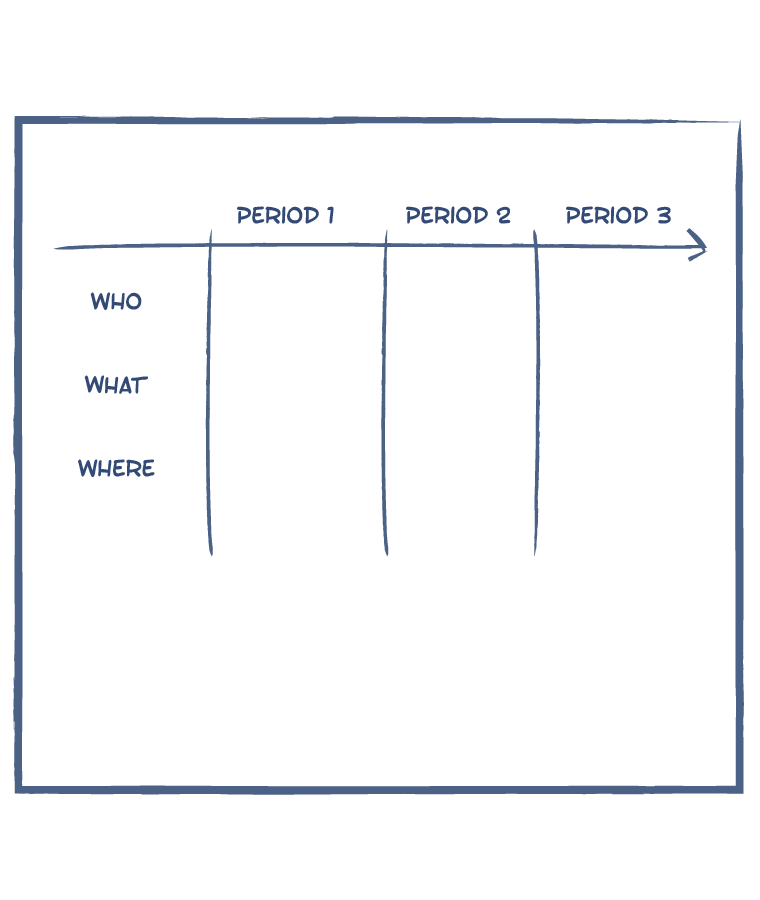HUMAN CENTERED DESIGN | DISCOVERY
Timeline
30 Min
Timeline is an activity used to understand the evolution of a subject over a period of time. It helps researchers map historical and future trends, and discuss the underlying patterns and insights.
USE CASES
- Map secondary research data collected by researchers.
- Map data with research respondents in the course of a User Interview, Expert Interview or Focus Group Discussion.
- Map the evolution of a product, service, system, technology, program, concept, organisation, etc.
- Map potential future evolution of a product, service, system, technology, program, concept, organisation, etc.
LIMITATIONS
Use of the Timeline tool depends a lot on the researcher's ability to collect and map information in terms of phases and trends. It is also up to the researcher to ask follow-up questions (5 Whys is a good tool) and get to meaningful learnings from patterns that may be emerging.

